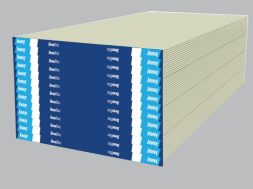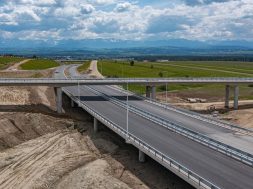“GRIHA LD rating is the right approach to conform environment impact assessment regulations in India for large development projects,” says Mala Singh, CMD, PEC Solutions Green Designs Pvt. Ltd.
There are an increasing number of large developments coming up in the country. The Central Government has been undertaking the development of SEZs, educational campuses and new townships. The private construction sector also has been developing large-scale projects which mainly comprises of large (mixed-use) townships, educational and institutional campuses, medical colleges and hospital complexes, special economic zones and hotels/resorts.
Local governments influence large developments decisions through comprehensive plans, zoning ordinances, permitting and building codes. Emergence of these new large-scale developments/townships/neighbourhoods and the growth of the older ones are bringing in complex changes to ecology, natural resources and environment at local, regional and global scales. It is high time, the people pay attention to the planning and guidelines that are followed to plan Indian cities and make them such that they encourage sustainable growth with lesser impact on the environment. Large-scale sustainability planning done at a regional level will have the global effect on environmental sustainability. The solution is to “think globally, act regionally”.
The Association for Development and Research for Sustainable Habitats (ADaRSH) in association with the Energy and Resources Institute (TERI) has developed a rating system for large developments titled GRIHA LD (Large Developments). The intent of GRIHA LD is to provide a unified agenda for assessment of environmental impacts of large developments. Project with built-up area greater than or equal to 1,50,000 sq. metres or total site area greater than or equal to 50 hectares can apply for GRIHA LD rating.
All sites in their natural state sustain several ecological cycles and do not have any negative impact on their surroundings. Construction leads to disruption of various cycles as well as exerts demand for various resources like energy, water, etc. Therefore, conventional construction practices have a negative impact on their surroundings. In the framework of GRIHA LD, projects which reduce their negative impact on the surroundings to the minimum and attempt to become self-sufficient in aspects like energy, water, etc. are given the highest rating. Therefore, the lower the negative impact of a development on its surrounding, the better the GRIHA LD star rating for the project.
In GRIHA LD, the development will be evaluated in six different sections site planning, energy, water and wastewater, solid waste management, transport and social. Till now, three large development projects have been registered with GRIHA LD rating as pilot projects, one of them is Raksha Shakti University. It is a dream project of Government of Gujarat and first of its genre to be initiated in India with the idea of conducting courses in police science and internal security. PEC has incepted green and sustainable strategies right from the basic planning stage of this project.
The GRIHA LD rating system will be beneficial for larger developments to avoid the worst-case scenario of environmental degradation through measures such as energy-efficient design, efficient water and waste management systems and reduced carbon footprint. The GRIHA LD rating system is a blueprint for thinking about growth, development and sustainability on a large scale.
Cookie Consent
We use cookies to personalize your experience. By continuing to visit this website you agree to our Terms & Conditions, Privacy Policy and Cookie Policy.









